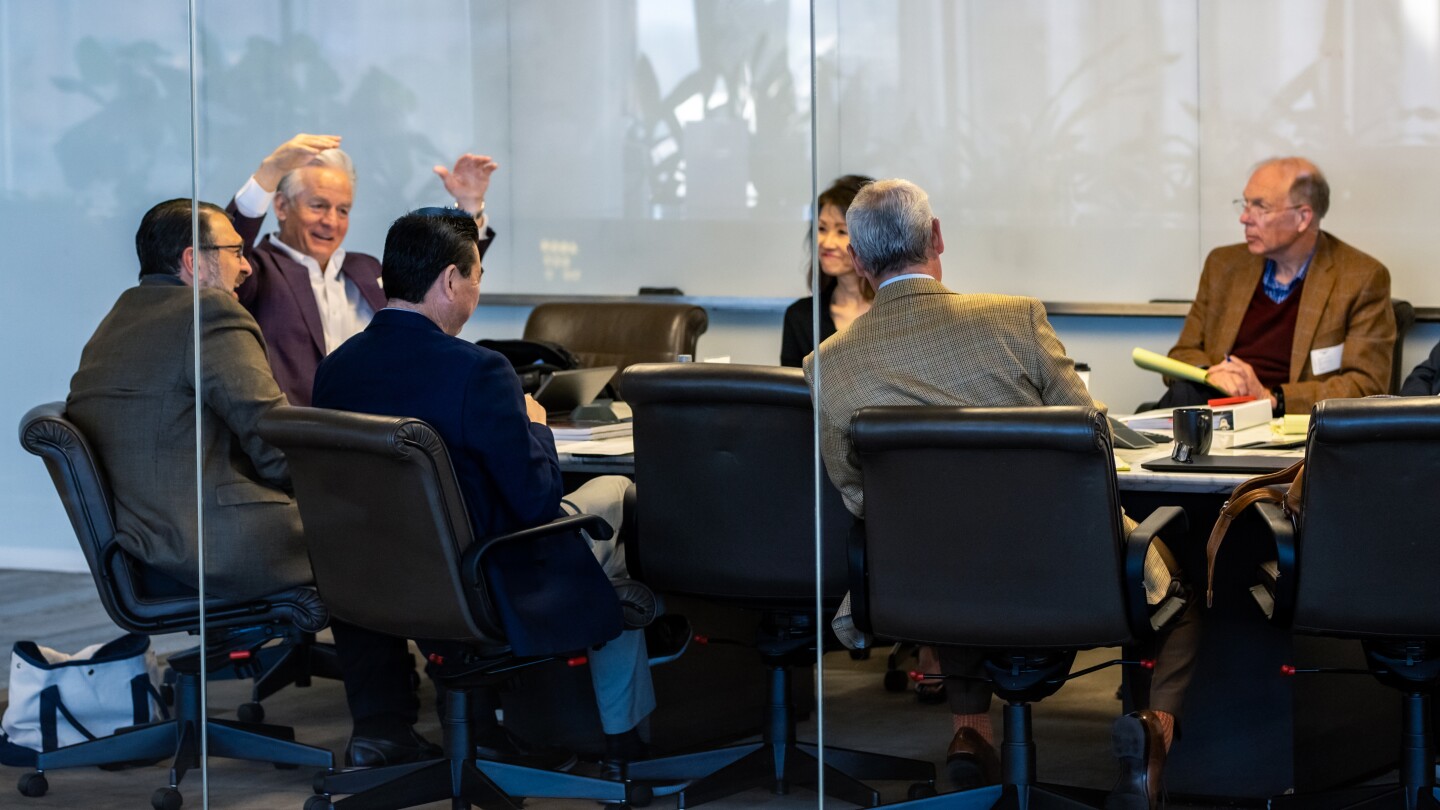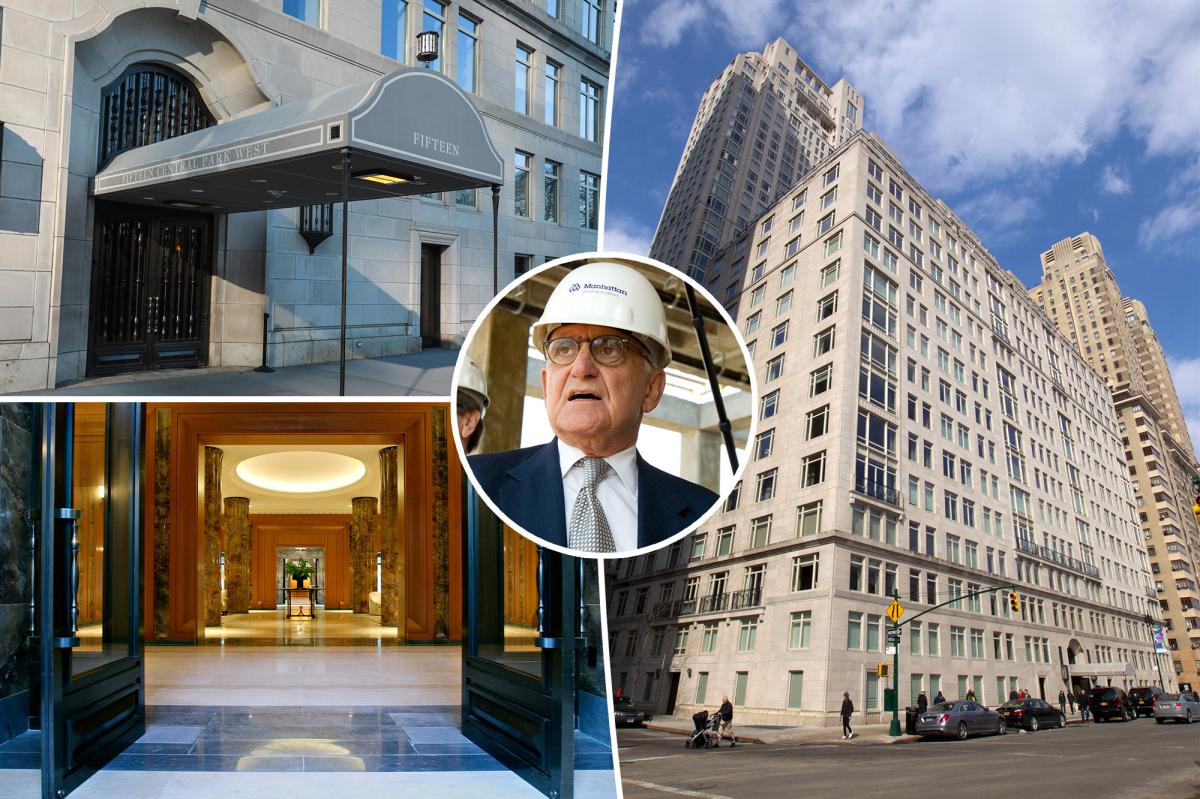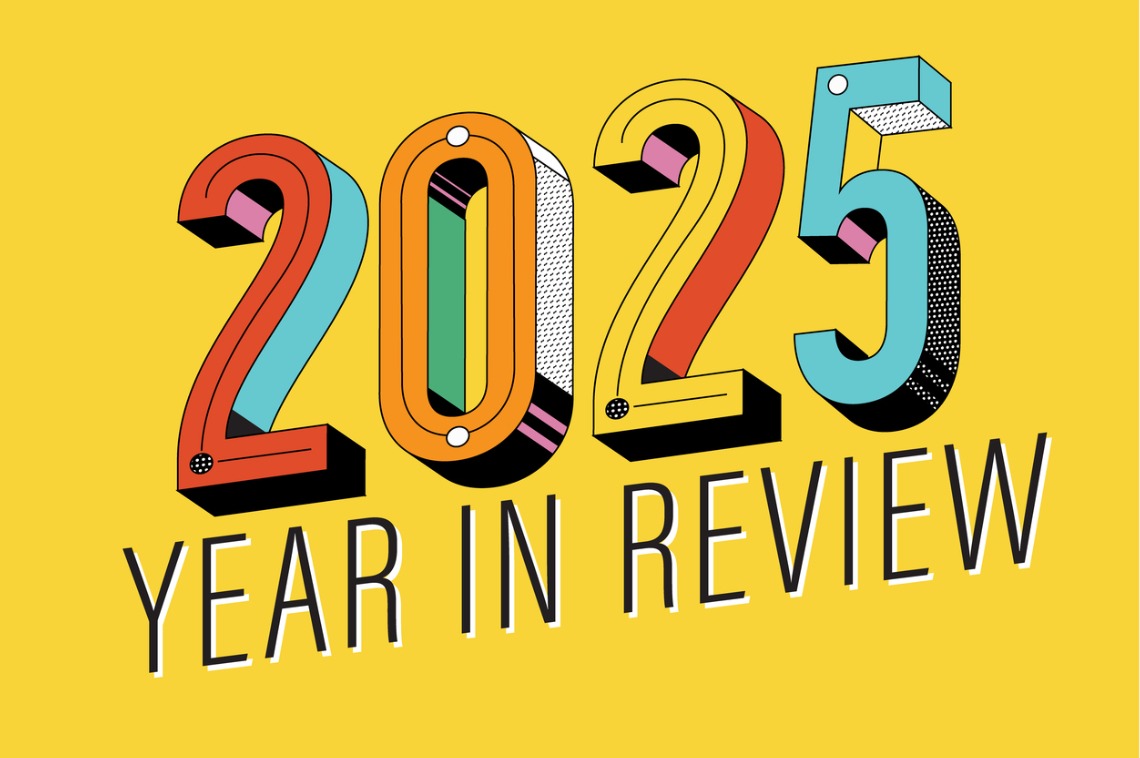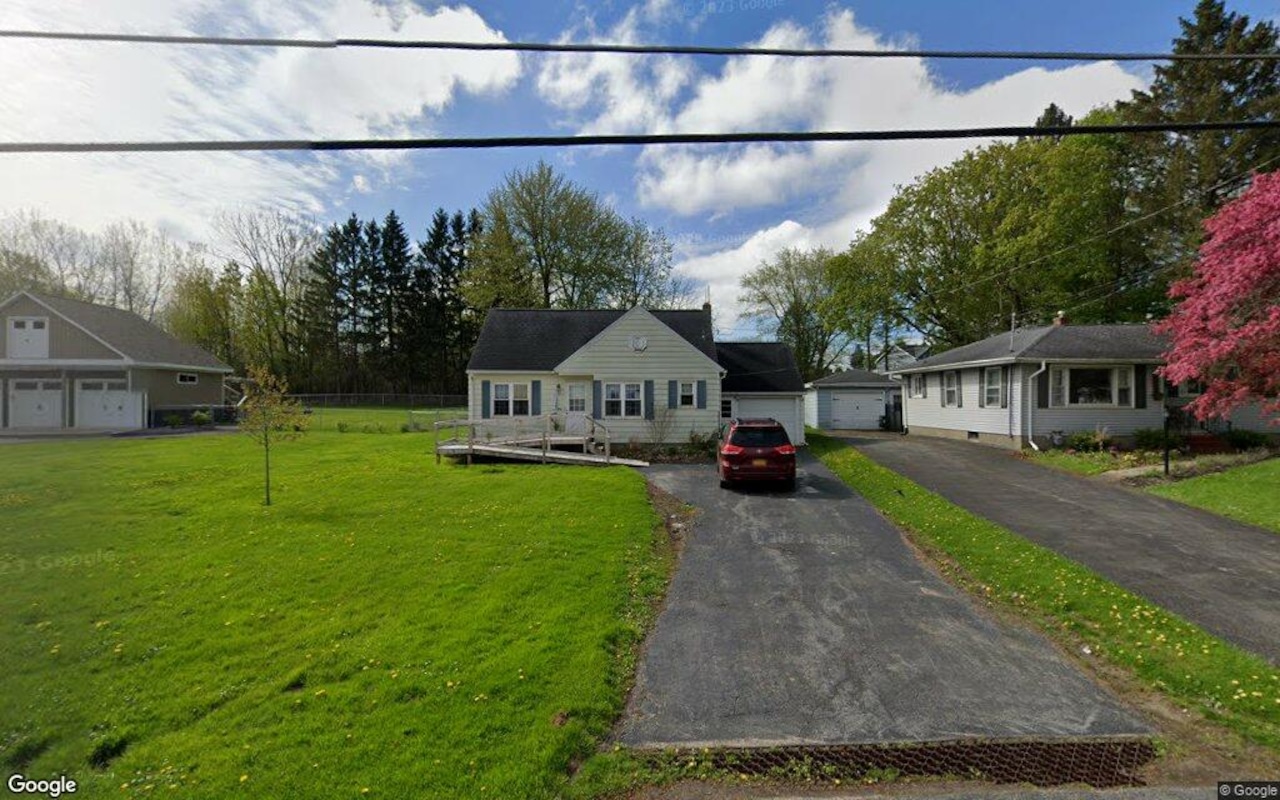T
he recent wildfires in Los Angeles, which caused an estimated $130 billion in damage, have exacerbated the city's existing housing shortage crisis. The development approval process is overburdened and sluggish, making it difficult for homeowners to rebuild quickly and efficiently. Fire insurance is also out of reach for many residents near fire zones.
Despite these challenges, a team of experts from ULI Los Angeles, UCLA Ziman Center for Real Estate, and USC Lusk Center for Real Estate came together to develop the Project Recovery report, a comprehensive 175-page plan that identifies recovery roadblocks and proposes actionable recommendations. The report focuses on standardizing debris removal protocols, fast-tracking rebuilding efforts through enhanced permitting, addressing labor and supply-chain issues, stabilizing California's property insurance market, offering mortgage forbearance, introducing community rebuilding authorities, securing funding for infrastructure restoration, and taking a client approach.
The report was compiled by over 100 people who identified key stakeholders, including California Governor Gavin Newsom, Los Angeles Mayor Karen Bass, the L.A. City Council, and business and community groups on the front lines of rebuilding. The Project Recovery organizational chart includes leaders from finance, development, academia, commercial real estate, law, construction, technology, insurance, and related industries.
Lew Horne, president of CBRE Greater Los Angeles Region and incoming ULI Chair, notes that the approach toward stakeholders is to treat them like clients. "If you are crystal-clear who your customers are, and you understand what they want and need, you'll have a successful process and outcome," he says. The report's authors aim to create a public/private synergy by working together with stakeholders.
The report proposes several innovations, including self-certification for building permits, which would allow private-sector professionals to inspect and certify building applications, relieving the city of this role and speeding up rebuilding. This concept is already being implemented in some areas, with the city creating permitting centers staffed by dedicated, trained, and licensed professionals.
Another proposal is the creation of a builders alliance that would offer turnkey rebuilding solutions to property owners who prefer not to hire an architect, find a contractor, and undertake rebuilding on their own. The alliance could pool materials and marketing costs, buying at bulk scale and establishing hubs close to burn areas for the deployment of labor and storage of materials.
Large national builders such as Brookfield Residential are already on board with the concept, which parallels masterplan communities with multiple builders. The builders alliance is also discussing creating temporary housing near rebuild zones, allowing workers to stay on site and work efficiently all week long.
Smaller firms like Build Back Better L.A. are also taking orders, offering a one-stop shop for rebuilding services. Their goal is to help fire victims by reducing costs and timing through collective local knowledge and track record in the Palisades area.
While obstacles remain massive, the report has established communication among stakeholders, and if some of its innovations successfully take hold, the entire region may benefit. As Adrian Foley, president and CEO of Brookfield Residential, says, "I'm optimistic. We have choices: we can shrug our shoulders, or we can try to do something."













